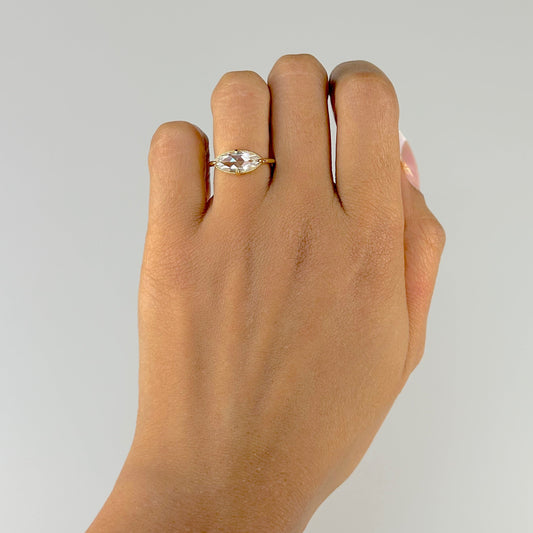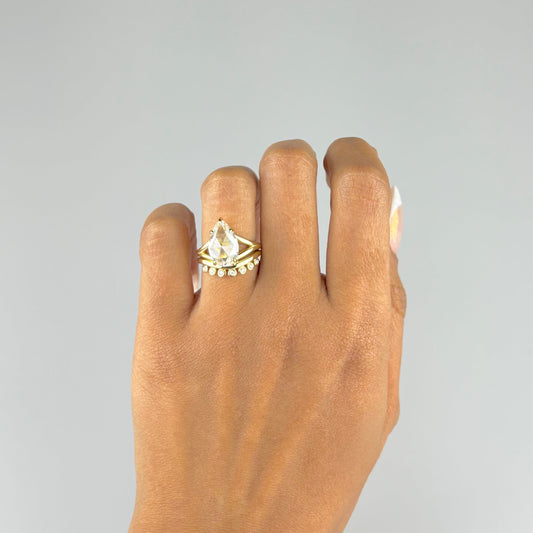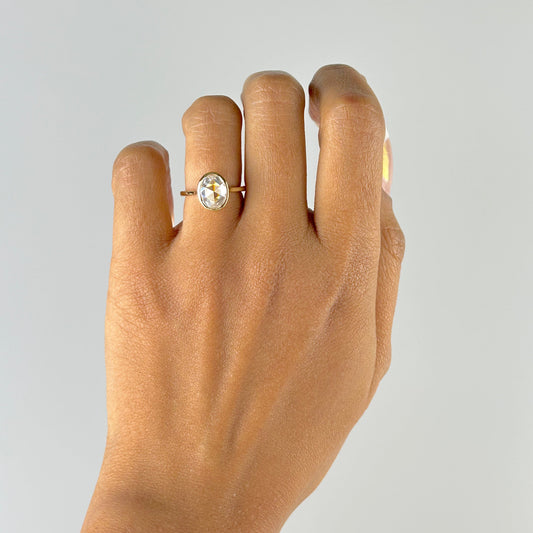
All About Rose Cuts
When it comes to fine jewelry, few gemstone cuts capture the imagination quite like the rose cut. With its subtle shimmer and vintage charm, rose cuts offer a unique alternative to the more ubiquitous brilliant-cut stones. This timeless style embodies the perfect blend of old world charm and elegance, making it an ideal choice for the modern yet classic jewelry lover.
What is a rose cut diamond?
The rose cut dates back to the 16th century and gets its name from its resemblance to the layers of a blooming rose. Unlike the modern round brilliant cut with its 58 facets, the rose cut typically features 3 to 24 triangular facets that converge into a pointed dome on top, while the bottom is flat. This creates a soft, diffused glow rather than the intense sparkle associated with today’s diamonds.
Are rose cuts rare?
Yes. While rose cuts are regaining popularity, they’re still a rare style. This makes rose cut jewelry extremely unique which is appealing to those looking for something outside of the ordinary.
Do rose cuts sparkle?
Not exactly. The rose cut aesthetic can be described as more of a dreamy luster rather than a dazzling sparkle. This is due to a different type of light refraction inside the stone. However, these stones are anything but dull. Viewers still enjoy a bright, eye-catching shimmer - the result just feels more understated and romantic.
Rose cut care
Caring for a rose cut diamond or moissanite is similar to that of a brilliant cut: clean it with a soft brush, warm water, and a mild detergent, avoiding harsh chemicals that could dull their surface. Keep in mind that rose cuts appear more transparent due to their fewer facets so they show dirt and residue more easily. As with all jewelry, avoiding exposure to lotions, oils, and harsh chemicals will keep your pieces in pristine condition.
---
If you’re searching for unique, a rose cut piece is the perfect addition to your collection. Dreamy with lots of character, rose cut rings exude impressive elegance.






